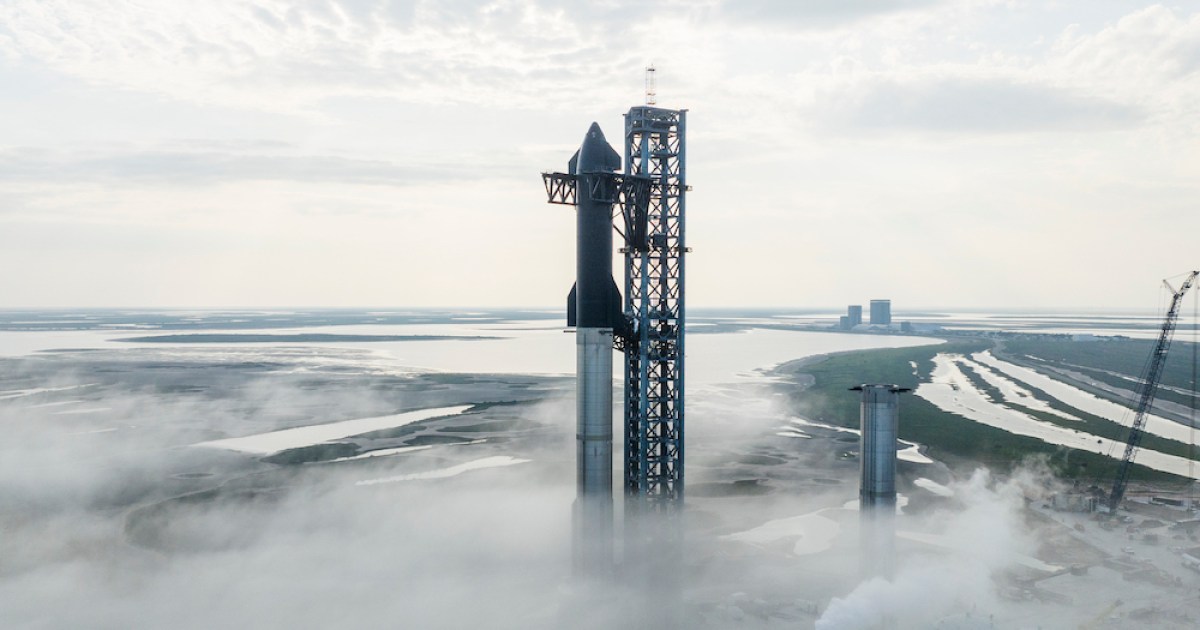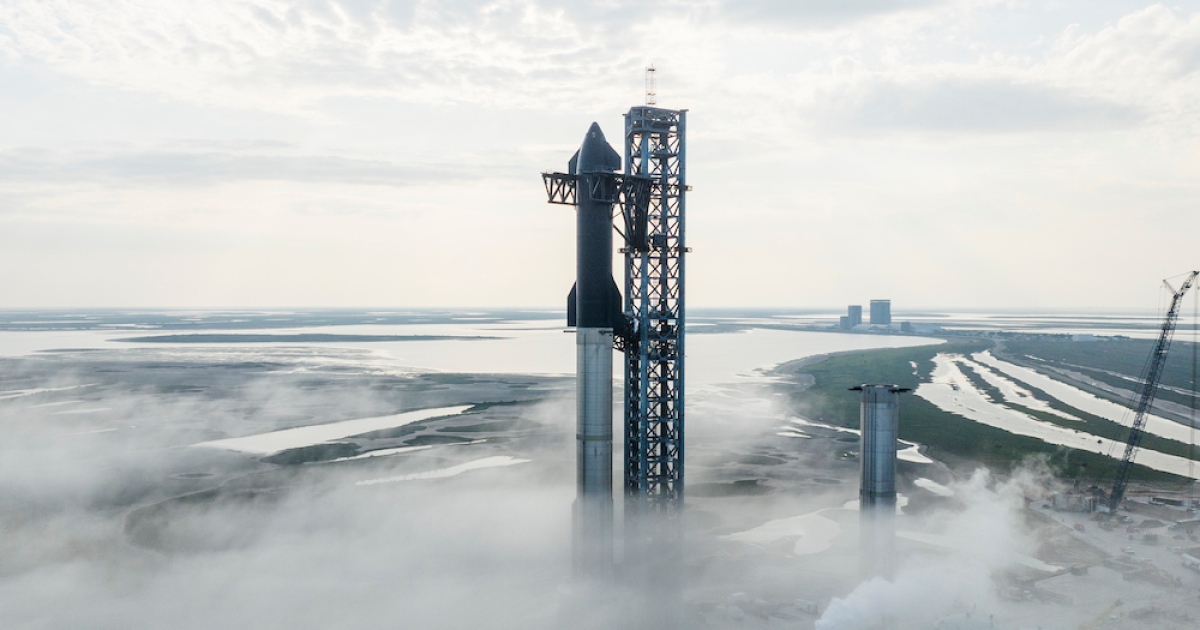
SpaceX is targeting Monday, April 17, for the maiden launch of the most powerful rocket ever built after receiving clearance from the Federal Aviation Administration (FAA).
“After a comprehensive license evaluation process, the FAA determined SpaceX met all safety, environmental, policy, payload, airspace integration, and financial responsibility requirements,” the agency said in a statement on Friday.
The Starship, comprising the first-stage Super Heavy booster and upper-stage Starship spacecraft, will lift off from SpaceX’s Starbase facility in Boca Chica, Texas, in what will be its first orbital flight.
If SpaceX is able to stick to its launch plan, the rocket will lift off at 7 a.m. local time (8 a.m. ET) in just a few days from now. A live stream of the mission will be shared on SpaceX’s YouTube channel.
The highly anticipated flight will be a relatively short one. Several minutes after leaving the pad, the Starship will separate from the first-stage Super Heavy booster. As the Starship continues on toward orbit, the booster will come down in the Gulf of Mexico. It won’t be recovered, but future missions will see the booster perform a controlled landing back at base so that it can be reused in future missions.
The Starship, meanwhile, is expected to reach an altitude of about 146 miles (235 kilometers) before descending and splashing down in the Pacific Ocean near Hawaii about 90 minutes after liftoff. As with the Super Heavy, there’ll be no recovery operation, though future flights will attempt to land the vehicle so that it can be used again.
The Super Heavy’s awesome power means the launch is certain to be a spectacular sight.
When the 395-feet-tall (120 meters) Super Heavy blasts off, its 33 Raptor engines will create 17 million pounds of thrust. The record is currently held by NASA’s Space Launch System (SLS), which created 8.8 million pounds of thrust when it lifted off for the first time last November in the Artemis I mission that sent an uncrewed Orion spacecraft toward the moon.
And it’s way more powerful than the Saturn V, too, a rocket that created around 7.6 million pounds of thrust during launches that sent the Apollo astronauts toward the moon five decades ago.
SpaceX chief Elon Musk has acknowledged that as this will be the Starship’s maiden flight, it might not go according to plan.
“I’m not saying it will get to orbit, but I am guaranteeing excitement — [it] won’t be boring,” Musk said last month. “I think it’s got, I don’t know, hopefully about a 50% chance of reaching orbit.”
SpaceX describes the Starship as a “fully reusable transportation system designed to carry both crew and cargo to Earth orbit, help humanity return to the moon, and travel to Mars and beyond. With a test such as this, success is measured by how much we can learn, which will inform and improve the probability of success in the future as SpaceX rapidly advances development of Starship.”
Editors’ Recommendations
Services Marketplace – Listings, Bookings & Reviews
